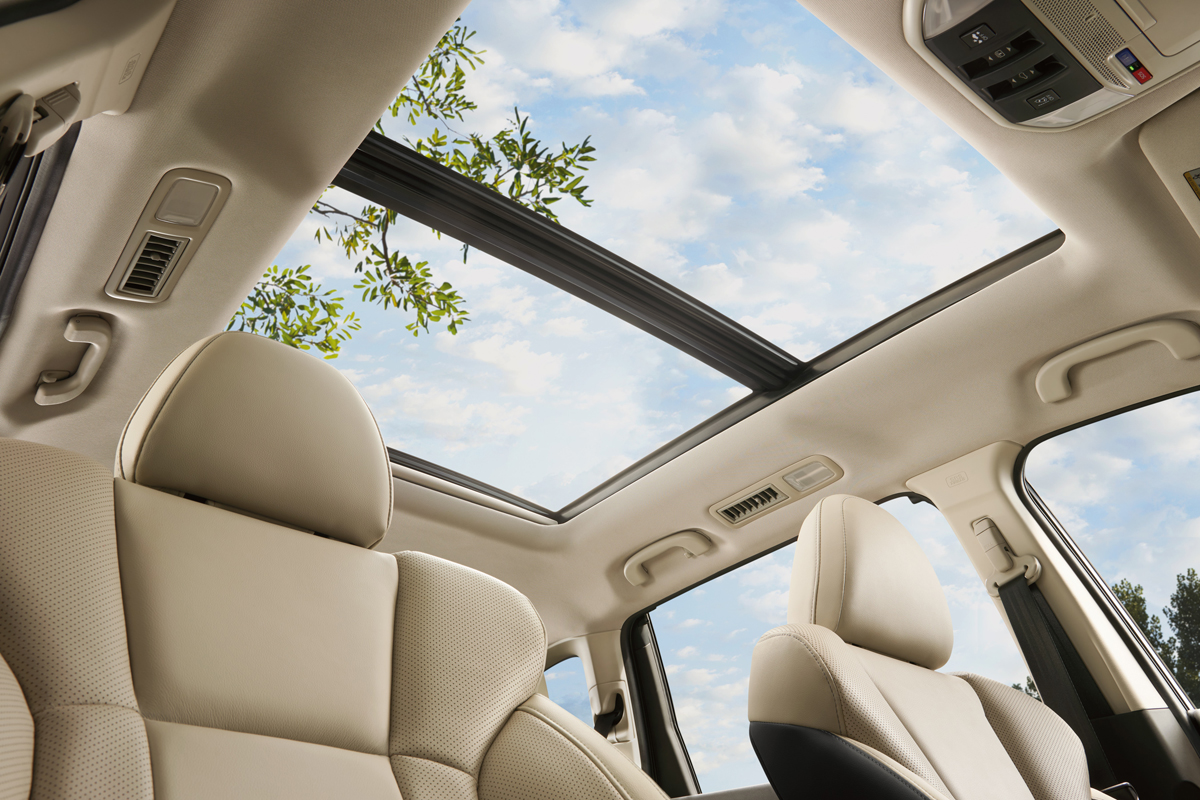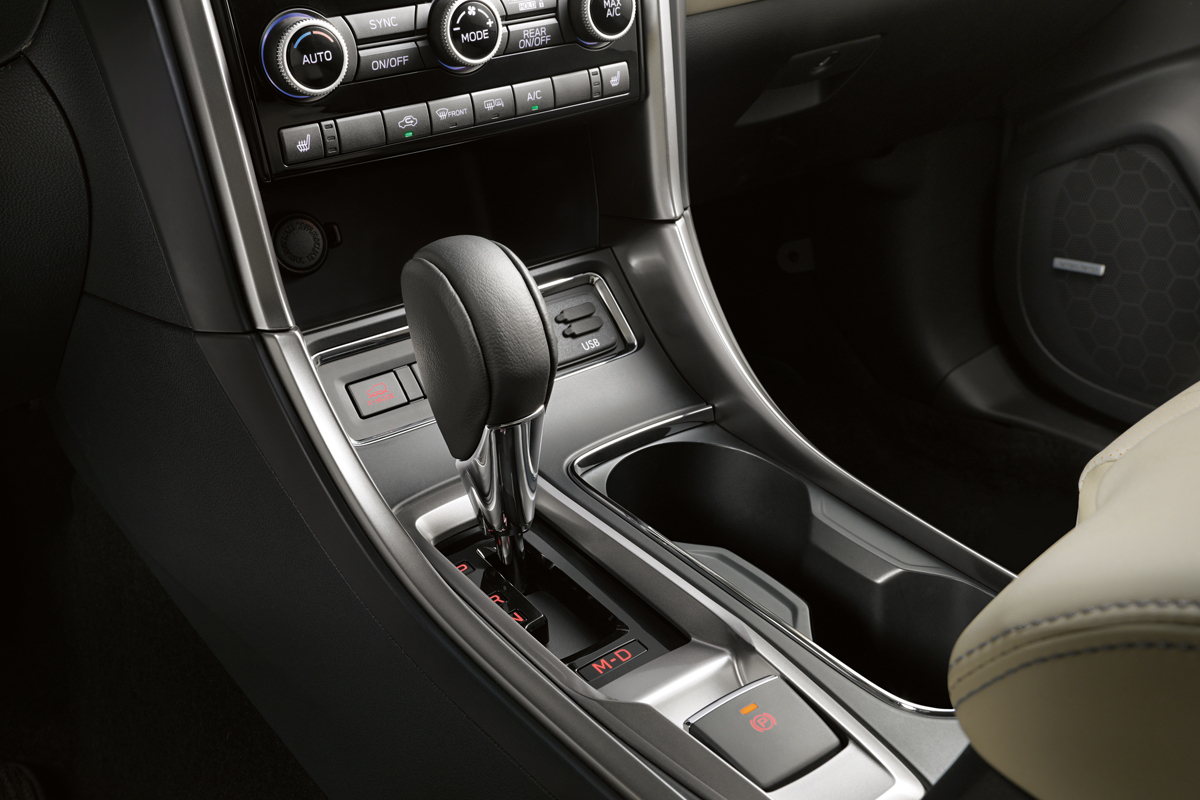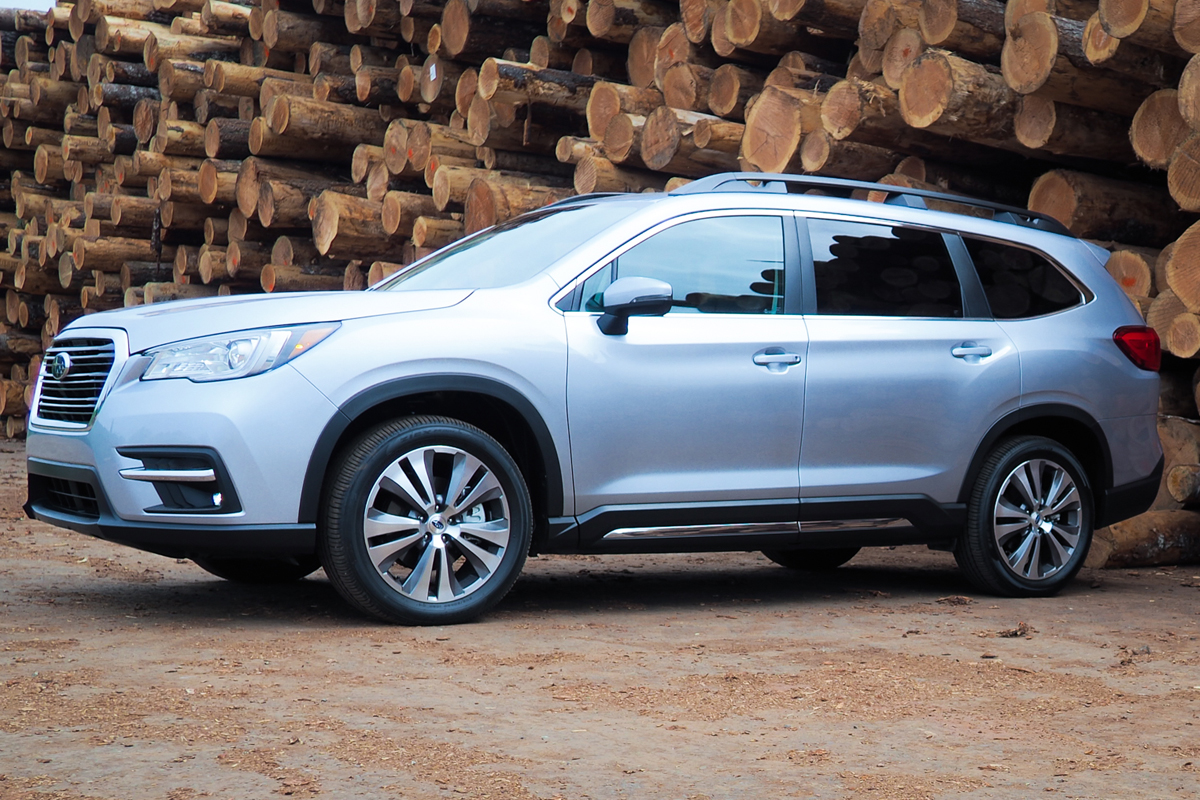Test Drive: 2019 Subaru Ascent
Function and straightforward design meet for the brand’s roomiest-ever offering

by Michael Frank
Subaru didn’t make cars until after the end of WWII, but the company’s DNA goes back to 1915 and includes everything from trucks to aircraft and motor scooters. Unlike many carmakers whose roots were in the luxury realm of making automobiles (after all, even in the US, cars were anything but affordable for the masses until well after the 1945), the group of Japanese companies that Subaru eventually grew out of was always a deeply pragmatic manufacturer.

This gives some context regarding the newest member of the Subaru family, the seven- (or eight-) passenger Ascent, which looks like a blend of an Outback and the smaller XV Crosstrek. That’s hardly an accident: Subaru is going full steam, much like the US economy, and they’re doing it with consistently understated, low-key design. You could even say that the most audacious-looking cars in the company’s history, the WRX STi, didn’t look flamboyant for flash, but strictly for function. You need a big wing and ground effects to keep such a short-wheelbase car pinned to the ground at 130mph. If that also made millions of fans worldwide, Subaru might modestly say it was just a happy side effect.
Yet Subaru’s new Ascent is targeted at an entirely different buyer from that WRX, or even the Outback or the XV Crosstrek.

Not only is the Ascent Subaru’s roomiest-ever offering, it’s eminently Subaru in its approach—meaning it’s functional in every possible way. You can get yours with either a bench second row or captain’s chairs, and Subaru doesn’t make that the costliest option, unlike rivals. Is interior can be made to look handsome too, with fairly sharp brown leather, if you opt for the higher-rung Ascent Touring ($45,670) and more subtle leather seats in the Limited ($38,995). But considering the Ascent starts at $32,970 with cloth seats—which may be preferable in hot or very cold climates—and that version comes with goodies like Apple CarPlay/Android Auto standard, as well as Subaru’s Symmetrical AWD and EyeSight driver assistance, it’s arguable the wiser play is to go with the Subaru basic grain rather than to fight it. Every version gets 19 (yes, 19) cupholders, three climate zones, 8.7 inches of ground clearance, and a very capable 260hp 2.4-liter boxer four-cylinder. The bones are solid even in the base model.

Note that, for instance, the second row doors swing wider than any of its competition, allowing easier loading and unloading of kids, carseats, groceries, and especially because a wide-door opening lets a kid or adult clamber out of the third row of seats more quickly and comfortably, too. And that second row also slides forward or rearward, depending both on whether you’re carrying cargo behind the second row or those passengers need more legroom. Speaking of cargo, this is a truly big crossover, with more luggage-hauling capacity than the Honda Pilot, Toyota Highlander, Ford Explorer, or Hyundai Santa Fe. Even behind the second row you’ve still got 47.5 cubic feet to spare, which not only beats those other crossovers, it’s nearly as much room as the max cargo capacity of Volvo’s very large V90 Cross Country wagon.

You’ll find yet-bigger payload in some SUVs. The Chevy Traverse, for one, and the VW Atlas for another, offer more total cargo volume and more behind the second row than the Ascent, but the Subaru drives less “big” than either of those truly massive crossovers, feeling more wagon- than SUV-like. In fact, if anything, it’s quicker-witted than the Outback—with a CVT that doesn’t bog as much in response to hard throttle mashes, and its steering is reasonably sharp too. That makes the Ascent relatively unique; sub-luxury crossovers either hew truck-like and stiff-kneed, or pillowy. The Ascent isn’t sporty, but it’s confidence-inspiring, which is entirely consistent with the brand.

The Ascent’s even reasonably thrifty on gas, getting combined EPA of either 22/23 mpg (Limited and Touring models are heavier, and get the lower number). You might want one of those higher-tier models because they do include some extras, like under-floor storage/grocery bag stabilization for the cargo bay and up to eight USB ports (there are four standard), as well as a panoramic moonroof, and a unique rearview mirror that’s not a mirror at all, but a screen that uses the rear hatch camera to let you see out the back even when the cargo hold is packed to the rafters.
Is it undeniably beautiful? No. But that’s because it’s a Subaru, a brand for whom function and straightforward design (and a lot of happy customers who keep coming back for more) are the focus.
Hero image and interiors courtesy of Subaru, all others by Cool Hunting












